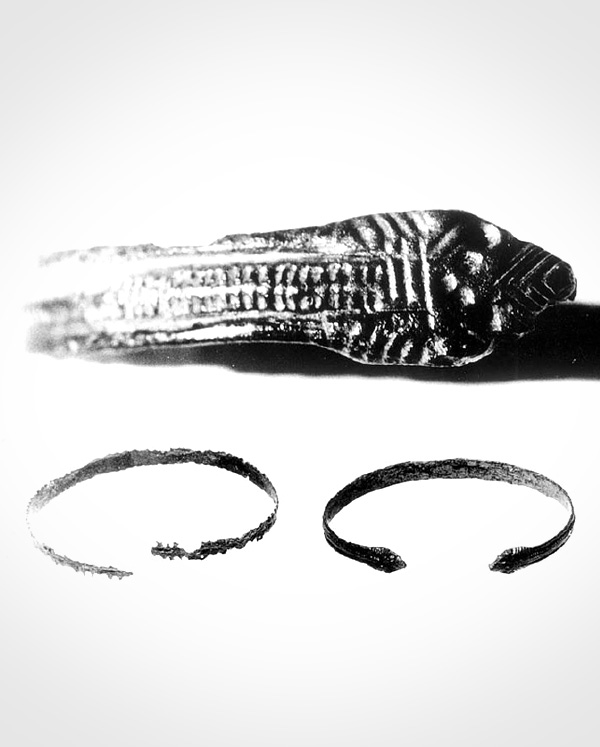The City of Brè, belonging to the district of Lugano, is located at 800 metres above sea level and is cited in 1280 with the name “de Bre” and in its antique forms in 1326: Brech, Brek, Breh.
The main built-up area faces south-east and stands on a “terrace” generated by the passing of the Adda glacier (Porlezza tongue) before joining that of Ticino (Mount Ceneri tongue). The old City of Brè sopra Lugano, located near Mount Brè (Montebre) and the foot of Mount Boglia, includes the main built-up area of Brè and the hamlet of Aldesago, formed on the transhumance path of the inhabitants of Brè sopra Lugano.
1591, 178 inhabitants
1801, 244 inhabitants
1900, 393 inhabitants
1970, 411 inhabitants
1991, 786 inhabitants (282 in Brè and 504 in Aldesago)
2009, 902 inhabitants, (332 in Brè and 676 in Aldesago)
2014, 1104 inhabitants (383 in Brè and 721 in Aldesago)
A cremation grave from the second Iron age (III century B.C.) was found in Aldesago in 1960.
In 1959, 12 tombs (necropolis), a part of which were cremation tombs, the other part being burial tombs and a tomb of a child were found in the Ai Piani area of Brè, above the centre of the city. This tombs were from the Roman and Late Roman age (IV-V century A.D.).
The objects found are of high quality. There was a bronze bracelet with two snake heads at the ends, which is defined as an object of excellent workmanship and refinement. Parts of a belt usually worn by high officials as a symbol status were also found.
Some documents show that the convent of San Abbondio in Como (XI century) and the Rusca family from Como owned plots of land in the former City of Brè sopra Lugano in 1359. The ancient church of saints Simon and Fidelis is evidenced only in 1591 and became independent in 1622.










